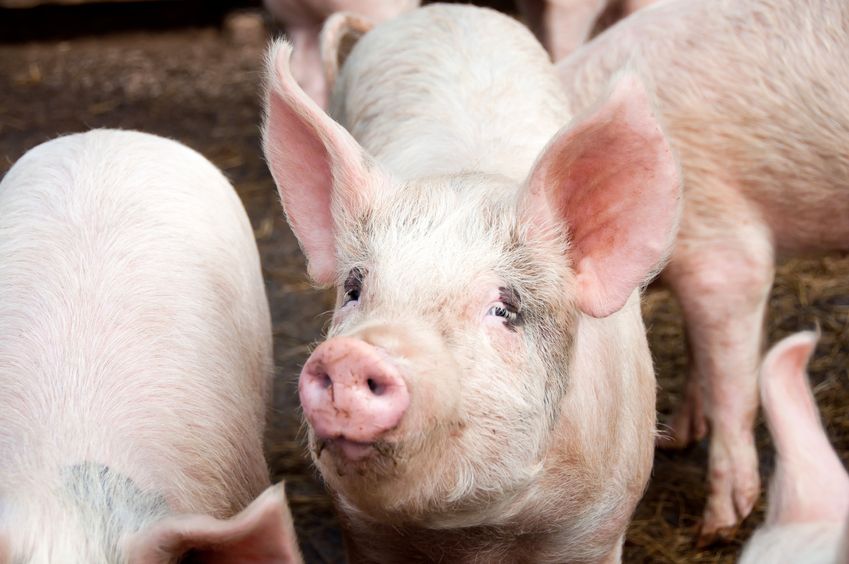
A further significant reduction in antibiotic use in the UK pig sector reflects the sustained efforts of producers to use medicines more responsibly, the National Pig Association (NPA) says.
The volume of antibiotics used to treat pigs on UK farms last year fell by 17% to 87mg/PCU last year, compared with 105mg/PCU in 2020.
This is according to data collected using eMB-Pigs, representing 95% of pigs slaughtered in the UK.
It brings the total reduction since 2015 to 69%, representing a positive step towards meeting the second set of targets developed by the RUMA Targets Task Force, of a 30% reduction in total antibiotic use by the end of 2024, based on data from 2020.
Use of the highest priority critically important antibiotics (HP-CIA) remains at a very low level, with a slight decrease from 0.05mg/PCU to 0.03mg/PCU recorded in 2021. No Colistin use was reported in pigs in 2021.
The only class of antibiotic in which a reduction was not recorded is the aminoglycosides. Usage increased slightly, at 8.06mg/PCU in 2021, up from 7.89mg/PCU in 2020, continuing the trend noticed in the 2020 data.
HP-CIAs, as categorised by the European Medicines Agency (EMA), are the most important for human medical health and reductions in their use has been a focus for all UK farm animal sectors since stewardship efforts have stepped up.
The NPA said the figures showed the continued focus of pig producers and vets on the responsible approach to medicine use and pig health, adding that the reductions were "totally down to their sustained efforts."
NPA senior policy adviser, Rebecca Veale said: "The last few years have, and continue, to be challenging for producers following labour issues, the backlog and rising input costs.
"But they have not let standards slip and pig health and welfare remains high, something which they should be very proud of."
She added: "We set voluntary targets through the RUMA Targets Task Force in 2017 and 2020, they are ambitious and set the direction of travel with both numerical and holistic targets.
"We acknowledge there will be further challenges, including regulatory change, but the latest eMB figures show we’re well on the path to meet these by 2024."
